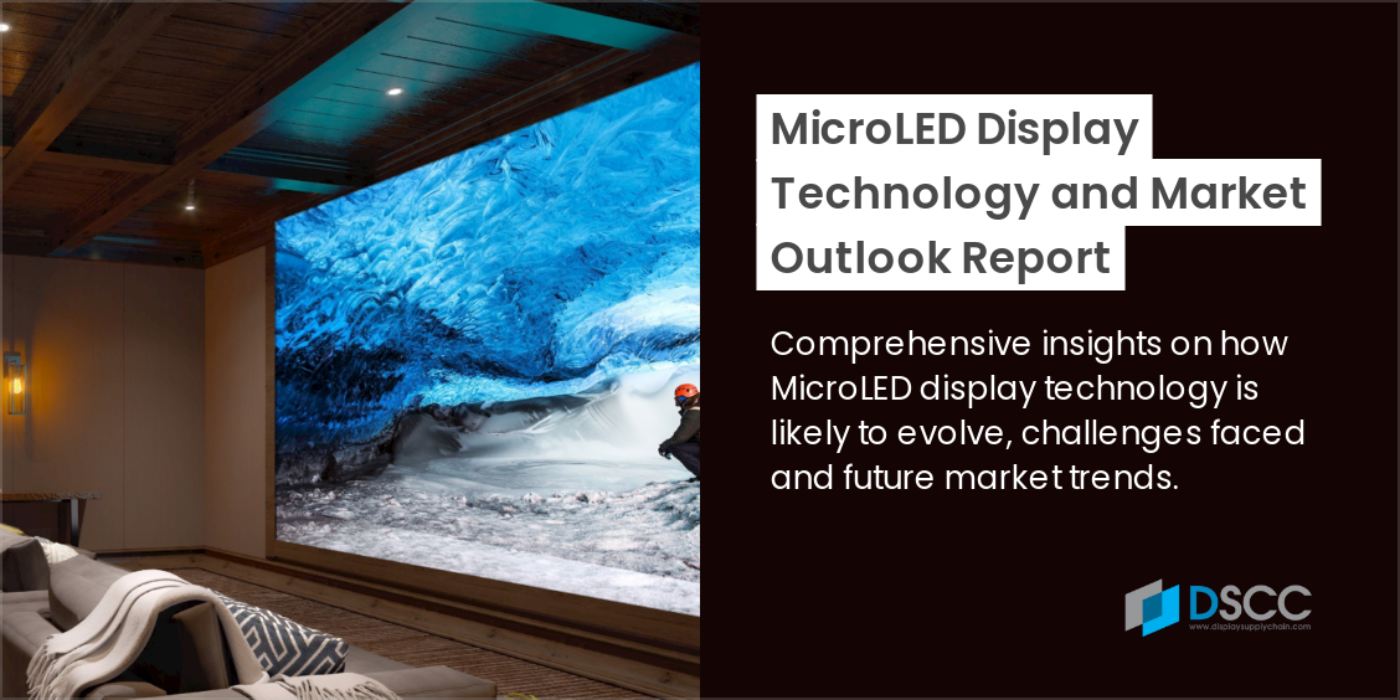Apple、MicroLEDプロジェクトを中止
これらDSCC Japan発の分析記事をいち早く無料配信するメールマガジンにぜひご登録ください。ご登録者様ならではの優先特典もご用意しています。【簡単ご登録は こちらから 】
冒頭部和訳
AppleがApple Watch向けのMicroLEDプロジェクトを中止した。この決定はLEDメーカーのams OSRAMがMicroLEDプログラムの「基幹プロジェクトの予期せぬ中止」を発表したプレスリリースで確認されている。同プロジェクトに関わるサプライヤー各社にとって打撃となる決定であり、Appleの今後のMicroLED戦略に大きな疑問符を残すものである。
Apple Cancels MicroLED Project
Apple has cancelled its MicroLED project for the Apple Watch. The decision was confirmed by LED supplier ams OSRAM in a press release announcing the “unexpected cancellation of a cornerstone project” for its MicroLED program. The decision is a blow to the suppliers involved in the project and leaves a big question mark on Apple’s future MicroLED strategy.
Apple initially planned to launch a MicroLED watch in 2025, which would have marked the 10-year anniversary of the Apple Watch. However, progress was slow and production of the panels was pushed to Q3’25, meaning that the product would not be released until 2026.
In 2022, ams OSRAM announced plans to create the first 8” production line for LED and MicroLED at its existing location in Kulim, Malaysia. The company committed to spend nearly $1B and later revealed that one customer agreed to make a “substantial prepayment”. The new 8” fab was expected to be ready for ramp up in 2024, with “relevant revenues” from MicroLED products to be recorded in 2025.
It is believed that ams OSRAM was tasked to produce 8 μm vertical chips for Apple. These would have been significantly smaller than other MicroLED chips previously demonstrated, potentially resulting in a low cost per chip on an 8” wafer. However, sources said that the yield was too low. With the target release date already out of reach, Apple probably decided to cut its losses and cancel this project.
Following Apple’s decision, ams OSRAM will now reassess its MicroLED roadmap and the future use of its 8” fab in Kulim. The company is also working with Avicena to develop optical interconnects based on MicroLED. However, volumes will likely be insignificant compared to what Apple would have ordered. Based on a preliminary estimation, ams OSRAM expects to record non-cash impairment charges between €600M-€900M ($648M-$973M) in Q1’24. Cash flow is expected to improve in the next 24 months due in part to a reduction in CapEx.
MOCVD equipment vendor Aixtron has already stated that this announcement does not affect its revenue forecasts for 2024 and 2025. Aixtron explained that its guidance always included a moderate amount of MicroLED revenue for R&D and pilot lines but did not assume a volume ramp up.
Aside from ams OSRAM, other suppliers expected to be impacted by the cancellation are LG Display and TSMC. LG Display was supposed to make a TFT backplane while TSMC was in charge of a custom silicon chip.
Another company potentially impacted by Apple’s decision is Kulicke & Soffa (K&S). The equipment vendor has been working on a custom tool known as “Project W” for an unnamed customer, possibly Apple. The timing of Project W for preproduction and volume ramp up seemed to align with Apple’s schedule for the MicroLED watch.
Making its own MicroLED display was always going to be a big risk for Apple. The cancellation of the project does not necessarily mean that Apple is giving up on MicroLED, but the company will need to go back to the drawing board. This is also an opportunity for other companies in the MicroLED industry to develop a viable product that Apple can adopt in the future.
